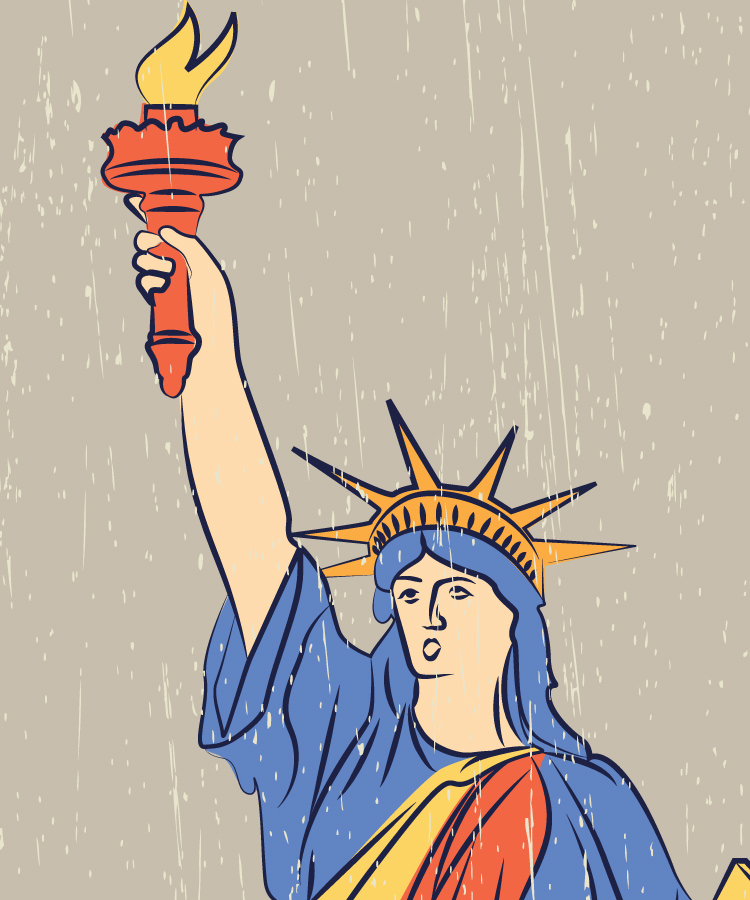The tired, poor, and huddled masses yearning to breathe free in America weren’t always greeted by Lady Liberty and a shining torch. For six years, from 1876 to 1882, the Statue of Liberty’s disembodied hand sat in Madison Square park to raise money for the rest of the statue.
The Statue of Liberty was intended to be a symbol of French and American friendship. The designer Frédéric Bartholdi handled the actual statue, and the United States paid for the pedestal the statue would sit on. Only, Americans weren’t exactly eager to start raising money. So Bartholdi sent the Arm of Liberty to the States to inspire monetary donations.
“Finally, our eyes were gladdened by the actual receipt of a section of ‘Liberty,’ consisting of one arm; with its accompanying hand of such enormous proportion that the thumb nail afforded an easy seat for the largest fat woman now in existence,” The New York Times wrote in 1876.
For a time, it looked like the arm was all that America was going to get. Philadelphia, Boston, and New York all fought over who would get the arm. It was New York, however, that put it in Madison Square park to raise donations. Souvenir photographs were sold, and for 50 cents, people could climb a ladder to the balcony on the torch, according to the New York Public Library.
Finally, on October 28, 1886, the full Statue of Liberty — hand, body, and pedestal — was installed and dedicated on Liberty Island.
